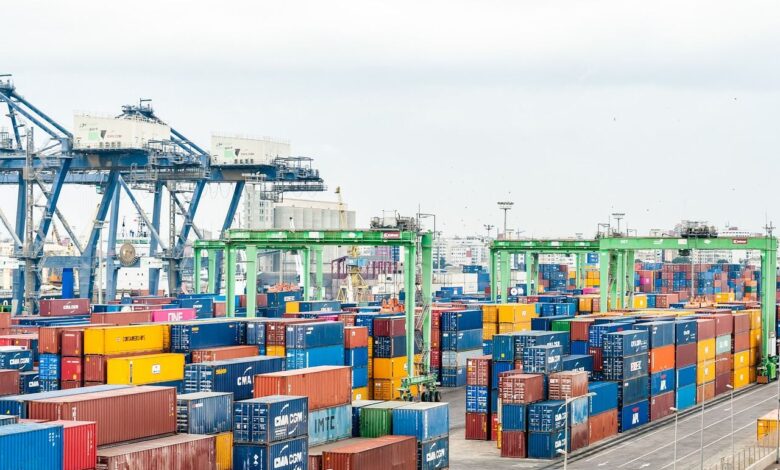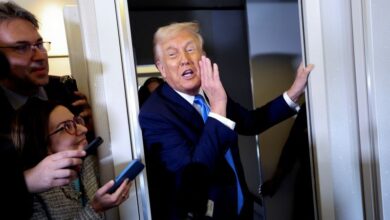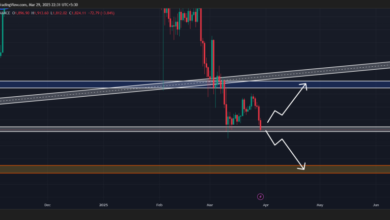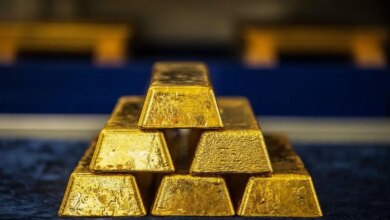No set timeline for IMEEC construction, emphasises France’s special envoy Gerard Mestrallet

The India-Middle East Europe Economic Corridor (IMEEC) is poised to be a transformative infrastructure project, uniting India, the Middle East, and Europe in a strategic network to bolster trade and connectivity.
In an interview with CNBC-TV18, Gerard Mestrallet, France’s Special Envoy for IMEEC, emphasised that bilateral discussions have occurred between participating countries, including the European Union. He described the IMEEC as a key infrastructure initiative and a potential flagship project within the EU’s global gateway strategy.
“This project is covering all the criteria to become a strategic project, a flagship project for the global gateway strategic initiative from the EU,” he asserted.
Despite the enthusiasm surrounding the initiative, Mestrallet acknowledged the complexity of the project.
When asked about a timeline for construction, he refrained from providing a precise date, stating, “There is no precise time frame for the project.” He underscored that the IMEEC represents a monumental infrastructure endeavour designed for the 21st century.
As such, it necessitates thorough pre-project studies, including feasibility and market assessments, which are currently underway.
A crucial aspect of the IMEEC is the connection between its endpoints: The Mundra Port in Gujarat, India, and the Marseille Port in France. Mestrallet recently visited Mundra to understand the port’s capabilities and engage with local stakeholders, including the Adani Group, which operates the facility.
Mestrallet noted that the Mundra port is not only vital due to its geographical positioning but also because of its role in the Mundra Special Economic Zone, which is becoming a hub for manufacturing green energy technologies, such as solar panels and wind equipment.
Below are the excerpts from the interview:
Q: What is the progress of the IMEEC project?
Mestrallet: The IMEEC project aims at creating an economic corridor, a link of connectivity between India, the Middle East and Europe with three legs, the first leg between India and the Arabic continent on the southeast, which is a maritime leg.
The second leg, which is a terrestrial leg between the southeast of the Arabic continent and Haifa, crossing over Saudi Arabia, Jordan, and Israel. And the third leg, the maritime leg, from Haifa to Europe and to Marseille, which is the point of exit to all Western Europe.
It’s a very, very important project to increase and boost connectivity by the transport of goods, of energy, of green hydrogen, and also digital data through cables.
So far, there have been bilateral talks between us and other countries, including the European Union. This project, which is a main project, which will be one of the most important infrastructure projects of the 21st century, this project covers all the criteria to become a strategic project, a flagship project for the global gateway strategic initiative from the EU.
Q: You are looking to have a connection between the endpoint of the IMEEC, which is the Marseille Port and also the Mundra port, which is a starting point. You visited the Mundra port in Gujarat recently. What were you trying to understand there? And what has been your message and conversation with stakeholders there, also the Adani group, which operates the Mundra port?
Mestrallet: The Mundra port and Marseille in France are the two ends of the corridor. So France and India are playing a key role in this project, not only because they are the two ends of the project, but also because Prime Minister Modi and President Emmanuel Macron were at the origin of the project. They have had talks in New Delhi during the G20. While President Macron had been invited as a special guest for the Republic Day on the 26th of January this year, IMEEC was also at the agenda, and the two chief of states have been talking about IMEEC and strongly pushing for that. So France and India are very key.
Mundra port has a key advantage by its size, by its position, by its management, and there is also the Mundra special economic zone with lots of activities, including manufacturing activities for green energy, solar panels and wind equipment.
Q: By when could all the countries involved be on one page and begin activating work on the construction of the IMEEC corridor?
Mestrallet: There is no precise time frame for the project. In any case, we have to know and to realise that it is one of the major infrastructures in the world for the 21st century. Therefore, it will take the first time and it will be built for the century. Such a project requires lots of pre-project studies, pre-feasibility studies, market studies, and we are in this period.
Watch the video for more



